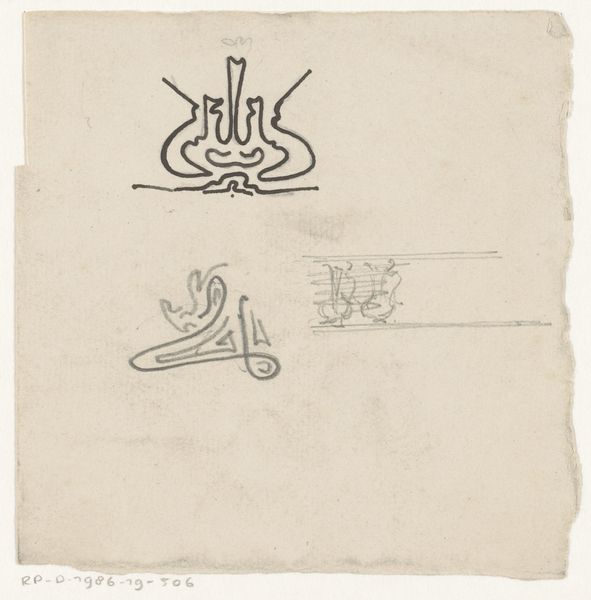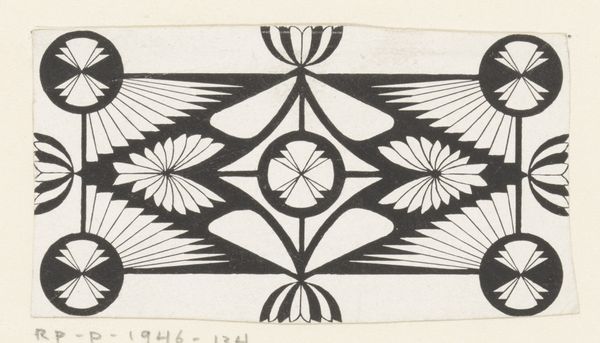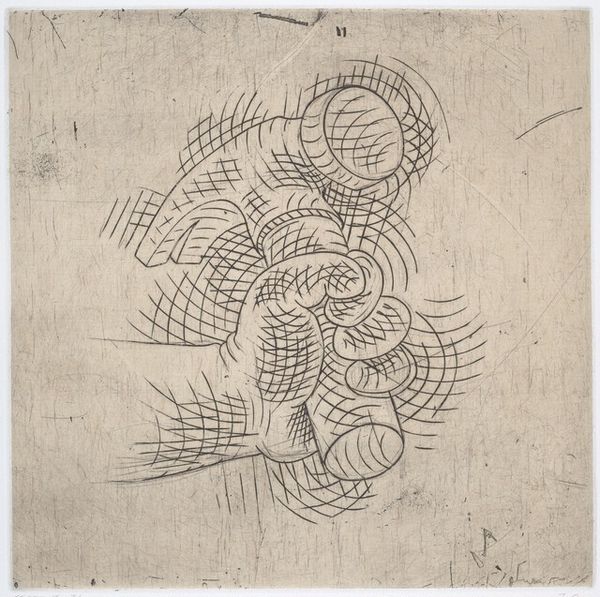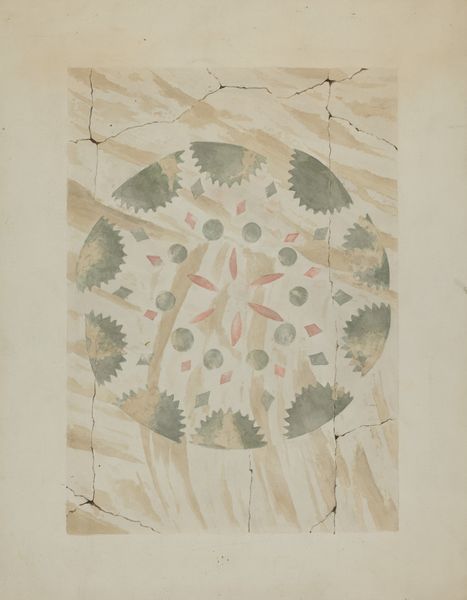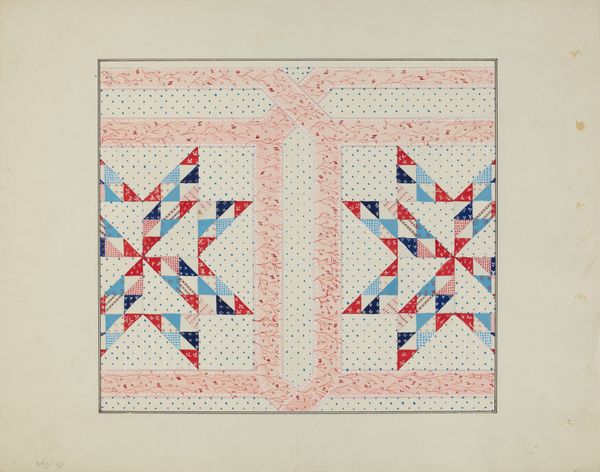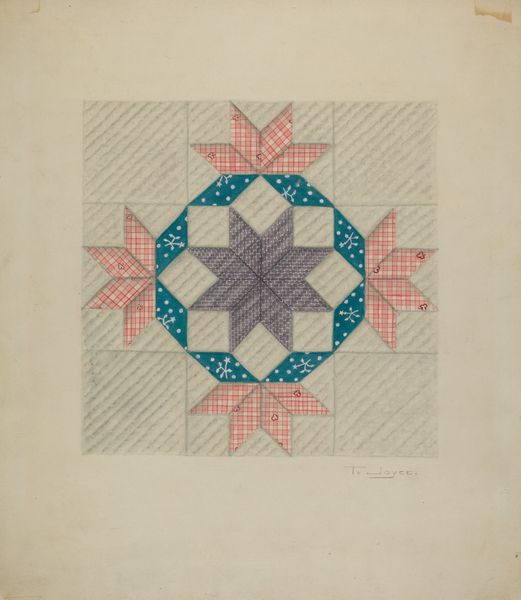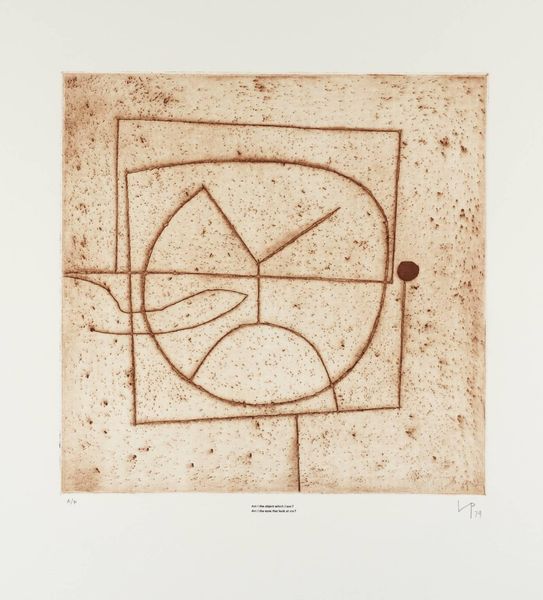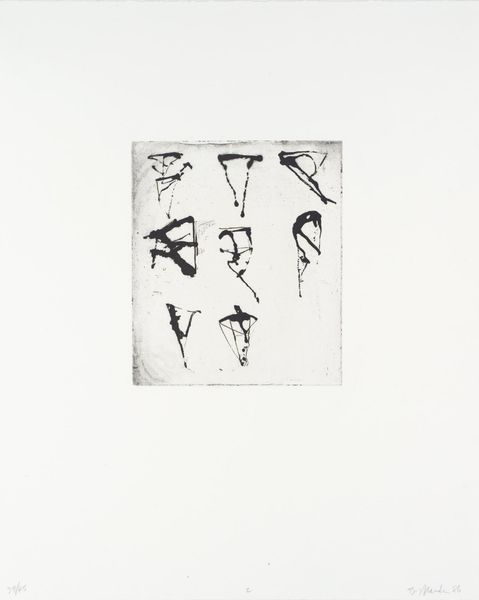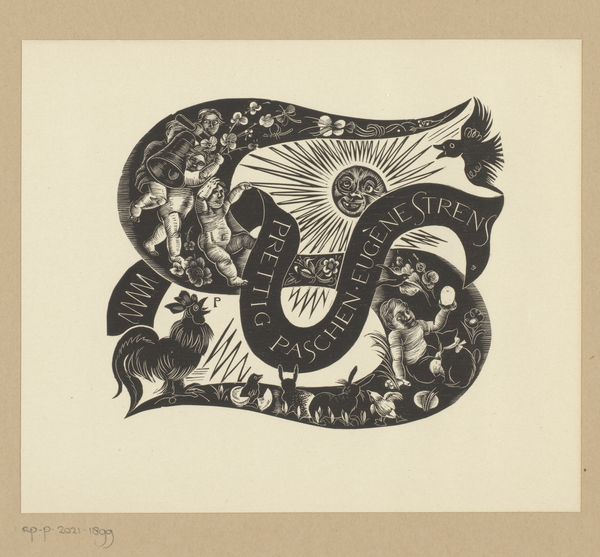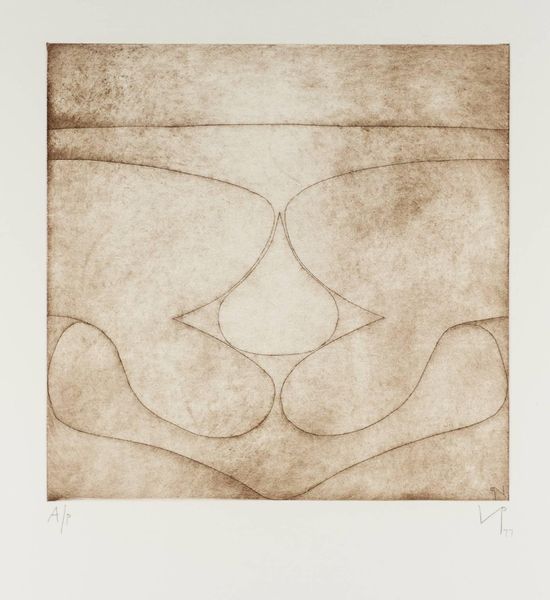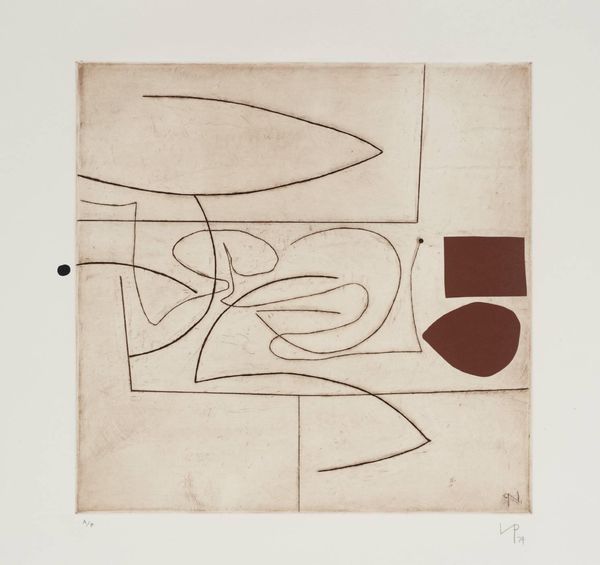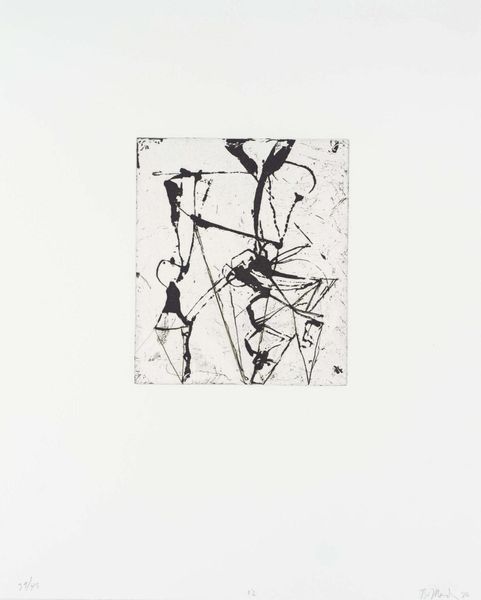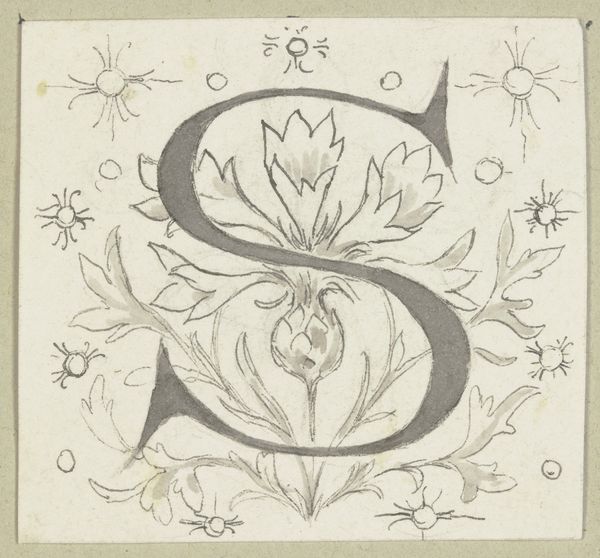
Dimensions: height 120 mm, width 114 mm
Copyright: Rijks Museum: Open Domain
Editor: This is *Vier vignetten* or Four Vignettes, made sometime between 1884 and 1952 by Reinier Willem Petrus de Vries. It’s an ink drawing, and the designs feel like a blend of natural forms and geometric shapes, maybe Art Nouveau? What do you see in this work, in terms of symbolic references? Curator: The repeating motifs, though abstract, carry potent echoes. The circles, for instance – do they remind you of eyes, or perhaps seeds? And how do the curved lines relate to traditional representations of flowing water or growing vines? Editor: I hadn’t thought of water, but I can see that. There's a certain organic quality even within the geometric frameworks. What's the relationship of those symbolic forms to memory, though? Curator: Consider how similar motifs recur across cultures. The “eye,” for example, can signify watchfulness, protection, or even divine presence, depending on the cultural context. The repeated use of certain curves can also point to the labyrinth. Could it relate to the labyrinthine journey of self-discovery? Editor: That's fascinating. I was initially focused on the visual design itself, the lines and shapes. But thinking about these forms as symbolic language gives the drawing so much more depth. Curator: Absolutely. Art Nouveau loved borrowing from the past while embracing modern life. But what sort of a life would incorporate the need to remember ancient imagery? What memories did it need to trigger, and why? Editor: It seems the artist invites us into a game where we connect to collective cultural memories. So, decoding those visual cues, then, becomes a way of unlocking a deeper understanding of the artwork's meaning and its impact over time. Thanks for the insight!
Comments
No comments
Be the first to comment and join the conversation on the ultimate creative platform.

